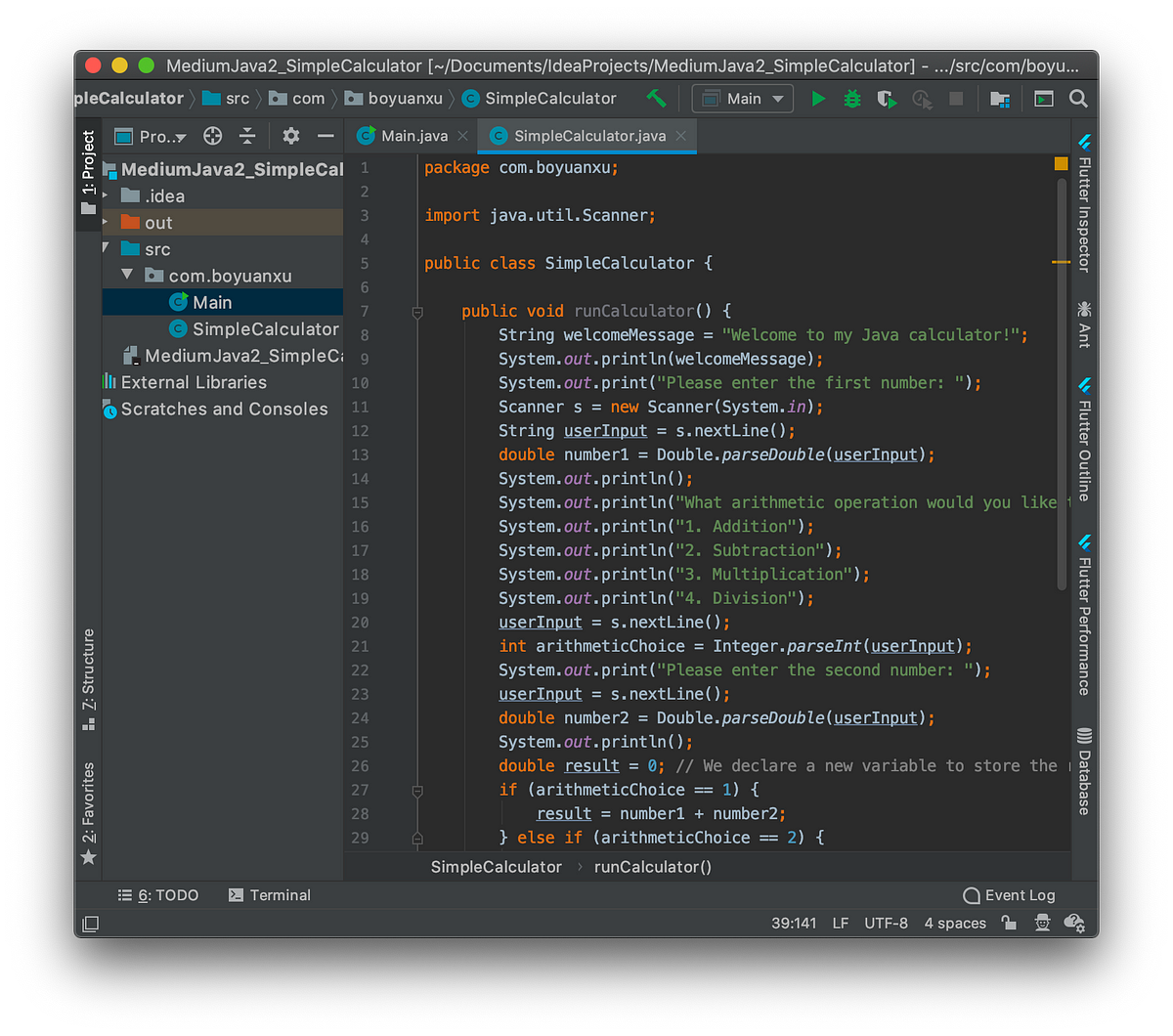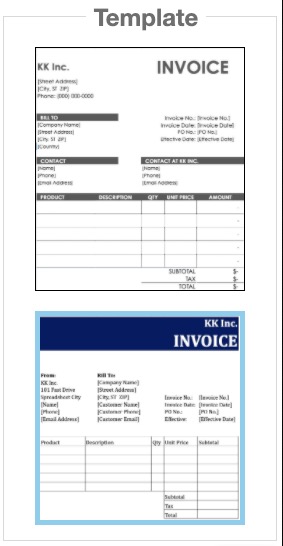

Each complex object requires the service of a ‘Builder’ class to generate object instances. The method ‘getPart()’ will return the final product object for the client. Complete implementation adds in the concrete builder class. This can be an interface or an abstract class. This is the component, which includes set of abstract methods to build the product object. Each one works together to achieve the builder pattern objective. It includes four important classes as ‘Director’, ‘Builder’, ‘Concrete Builder’, and ‘Product’. Builder Pattern Class Diagram Definitionīelow diagram shows the template class diagram for the builder pattern. Custom implementations can have more than one builder class to create different representations. The builder pattern suggests an approach to remove the construction process from the object and hand over that process to a separate class.
#PRODUCT BUILDER JAVA CODE#
Client code might get error prone and unreadable due to this telescoping constructor anti-pattern. The client may get confused with the large set of parameters and it will be difficult for client code to identify proper meaning and data types to add. Likewise, the smoothie making becomes complex with the number of input parameters. Public class Smoothie (String milk, String vanilla, String sweetener, String banana, String orange, String dates) Most customers like to drink chocolate smoothies, so if we take this to the programming world, you have a smoothie class and the class constructor contains the required parameters to make a smoothie, You can buy different kinds of smoothies. In addition, it creates problems in selecting the suitable constructor for the required scenario. Higher parameters lead problems like difficulty in selecting, remembering the correct order, and purpose of each parameter. It is an anti-pattern where the complexity caused due to the increased number of constructor parameters. This may lead to the problem of ‘Telescoping Constructor’ pattern. As a result, the number of constructor parameters increase.


Hence, it needs additional input parameters to get the required results. At the same time object might need to take different forms to fulfil client requirements. The object itself may get bulky, and low in modularity. When the roles and responsibilities get heavier for one object, the creation of that object becomes complex and messy. It is suitable for small systems with lower object dependencies and lesser object representations or sub-classes. This approach leads to the high coupling. In general, we keep the object construction code such as instantiation and initialization within the object as a part of its constructor. Concrete Foundation Forms Problem Solved by the Builder Pattern


 0 kommentar(er)
0 kommentar(er)
